
- Home
- Products
- Mirrorless Z 30
Lenses for Mid-Wave Infrared (MWIR) Cameras for 3-5 µm
MWIR Zoom Lens Assemblies
Model: MWIR CZ 15-300
Teledyne FLIR custom and off-the-shelf mid-wave infrared (MWIR) continuous zoom (CZ) optical assemblies and lenses are for integrators and operators who do not compromise on quality. All lens assemblies have near diffraction limited performance and include advanced features that ensure continuous focus through the zoom.
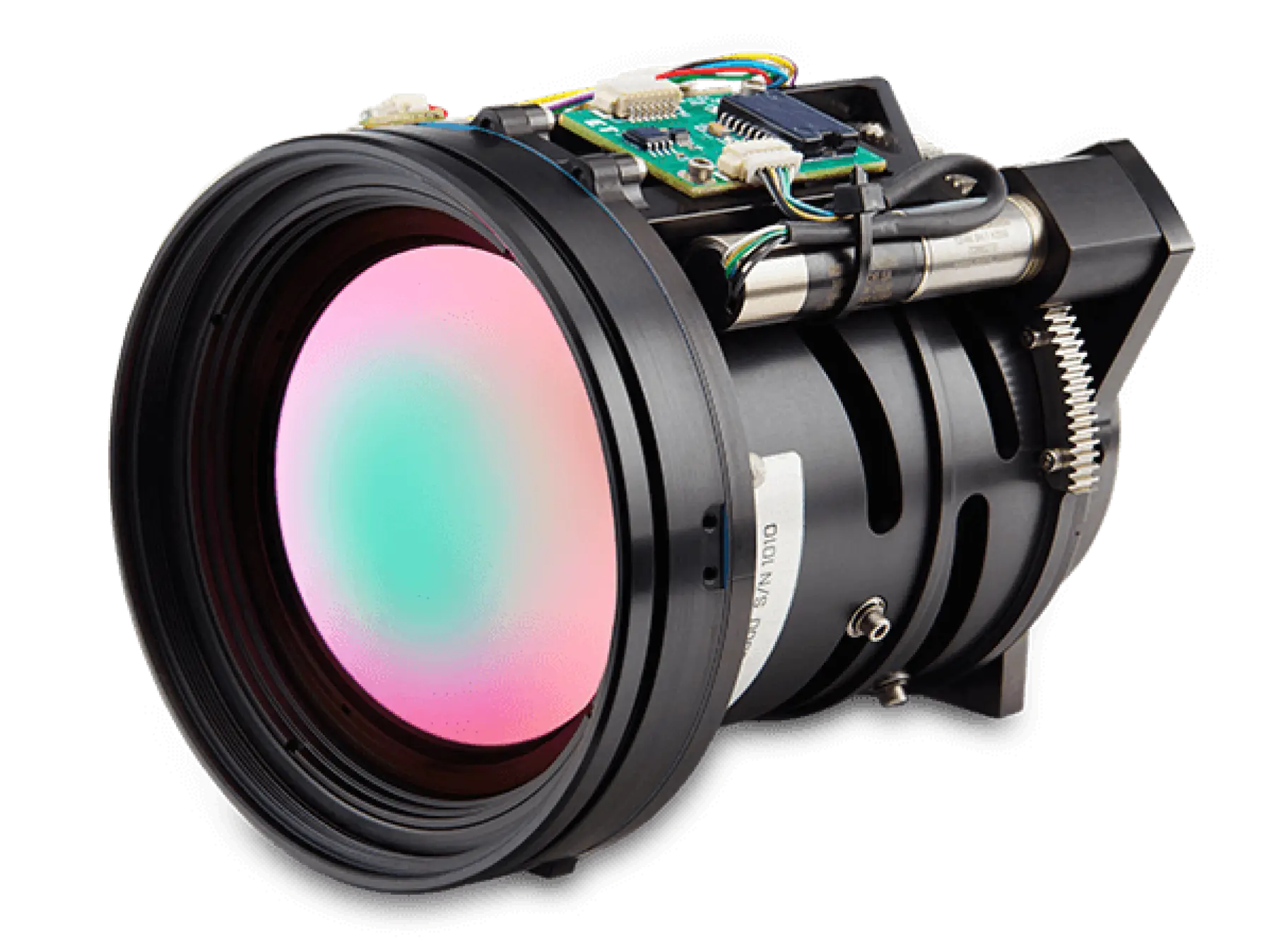
Overview
Product
Description
Documents
Training
Description
Formerly New England Optical Systems (NEOS) and now part of Teledyne FLIR, the world-class technical services team provides product support and can also develop new or customize existing lens assemblies for a camera, application, and mission. Designed to maximize infrared-camera performance, the MWIR CZ lens assemblies provide the competitive advantages required in the field and marketspace for a wide range of defense, security, and commercial applications.
Documents
Training
Accessories
Datasheet
Uncompromised Performance
and Reliability
Designs have near diffraction limited performance through zoom enabling users to Detect, Recognize, and Identify (DRI) threats in real time.
Smart Optics Ensure
Continuous Focus
Control electronics and additional features go beyond simple focus and zoom to provide focus when and where you need it.
Custom Designs and
Support for the Mission
Teledyne FLIR technical services team can develop new or customize existing zoom lens assemblies for a camera, application, and mission.
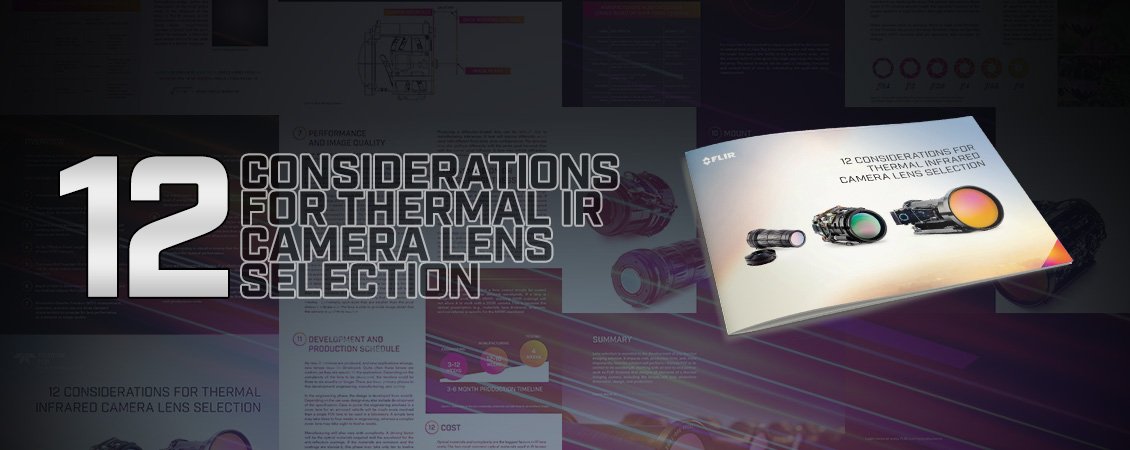
12 Considerations for Thermal IR Camera Lens Selection
When developing a solution that requires a thermal imager, or infrared (IR) camera, engineers, procurement agents, and program managers must consider many factors. Application, waveband, minimum resolution, pixel size, protective housing, and ability to scale production are just a few. One element that will impact many of these decisions is the IR camera lens.
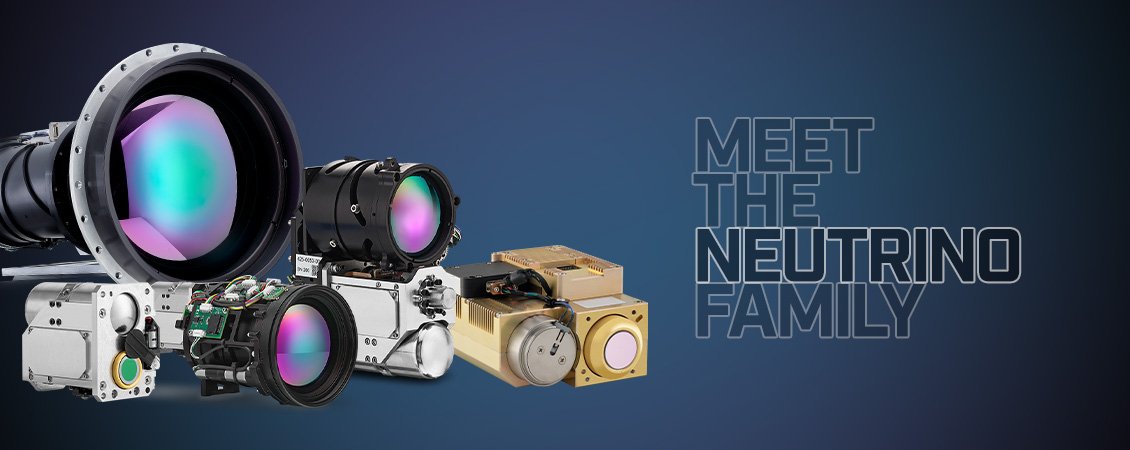
Reduce Development Time by Two Years
This paper reviews the traditional challenges of MWIR imaging platform design and illustrates how leveraging a single solution provider can reduce time to market, complexity, and affordability while also improving size, weight, and performance (SWaP).
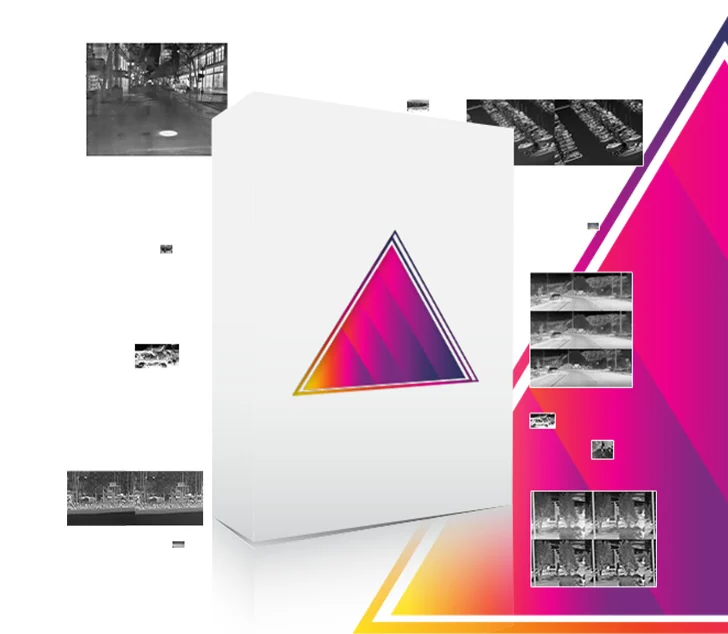
Prism
The end-to-end computational imaging ecosystem that supports various AI-powered object detection and tracking capabilities and advanced image processing.
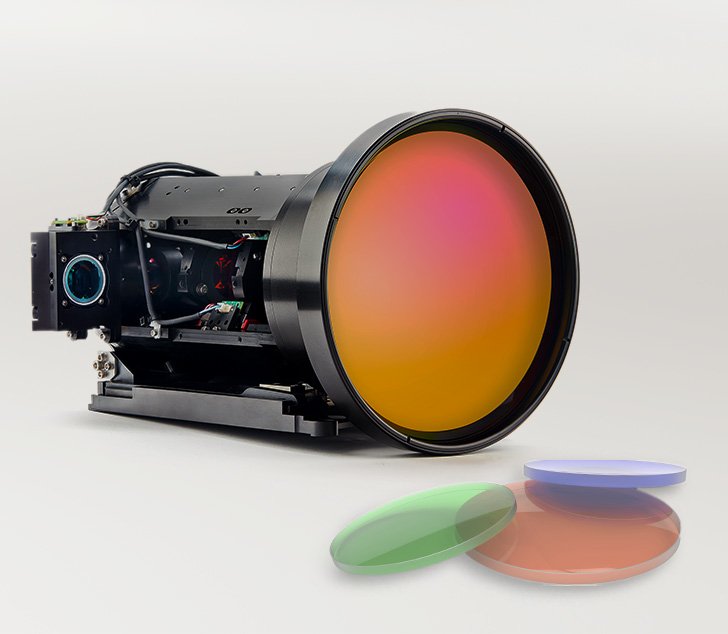
Off-The-Shelf & Custom Lens Solutions
Not seeing what you need, customize your camera module with a Teledyne FLIR lens.

Understanding Cryocooled Infrared System Reliability
Learn about the history and different types of cryocoolers, common misunderstandings about their reliability, and what we’re doing to improve cryocooler lifetimes.
Specifications
| PARAMETERS | DESCRIPTION |
|---|---|
| Spectral Band | 3.6 – 4.9 µm |
| Transmission | > 70%; spectrally weighted |
Hardware
| Part Number | 2419-300 |
Imaging & Optical
| Cold Shield Height | 19.4 mm |
| Distortion | < 5% at NFOV, <8% at WFOV |
| f-number | 4.0 |
| Focal Length | 15 – 300 mm |
| Focal Plane Dimension | 12.80 x 10.24 mm (16.4 mm circular) |
| Minimum Object Distance | 5 m (WFOV)/50 m (NFOV) |
| Spectral Band | 3.6 – 4.9 µm |
| Through Zoom Boresight | ≤ 0.10 mm |
| Zoom Time (End to End) | NFOV to WFOV ≤ 2 sec |
Connections & Communications
| Communication | RS422, 115200 baud (default), Option: RS232 and programmable baud rate |
| Transmission | > 70%; spectrally weighted |
Electrical
| Current Consumption | Standby < 0.2 A (20°C) Power UP < 0.7 A (20°C) Typical Move < 0.4 A (20°C) |
Mechanical
| Control Features | Thermal Gradient Compensation Object Range Compensation ID Module Built-In Test (BIT) Data Logging Module (optional) High Speed Communication – SPI (optional) User Defined Command Aliases Easily Upgradable and Expandable |
| Drive Voltage | 12VDC |
| Focus Time | < 1 sec (infinity to close focus in NFOV) |
| Focus/Zoom Mechanism | Motorized adjustable |
| Weight | < 919 grams |
Environmental & Approvals
| Front Optic Sealing | IP67 |
| Operating Temperature Range | -32°C to +80°C |
| Operating Temperature Range | -40°C to +71°C (-40°F to +160°F) |
| Shock | 10 G |
| Storage Temperature Range | -54°C to +85°C |
| Vibration | Random vibration, from 10 Hz to 500 Hz |
Media gallery
Simplify MWIR Camera Integration with Neutrino












